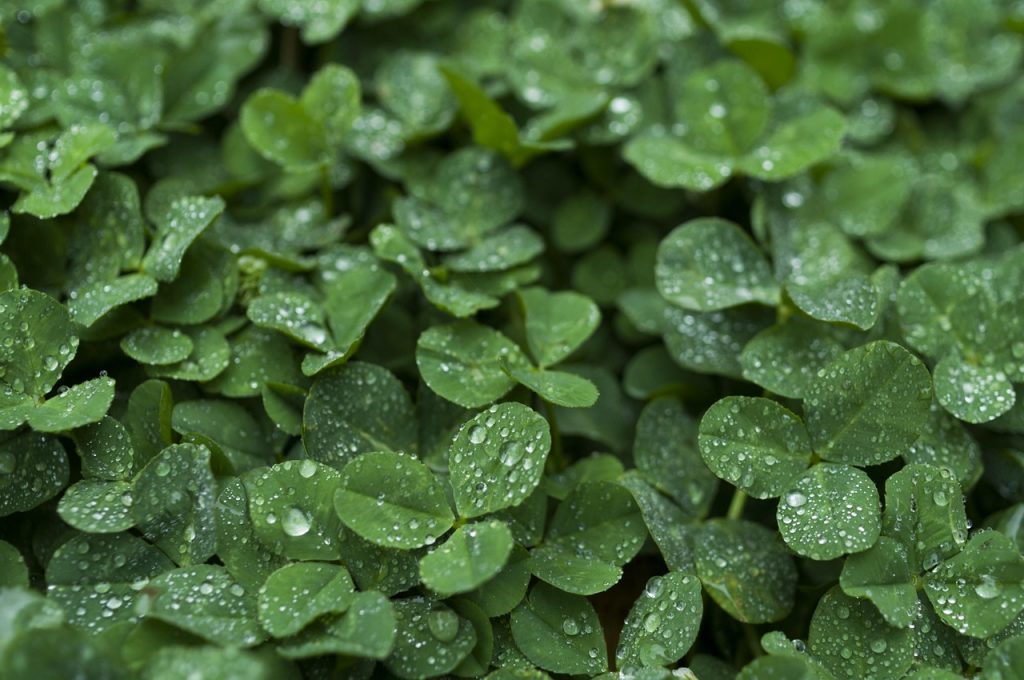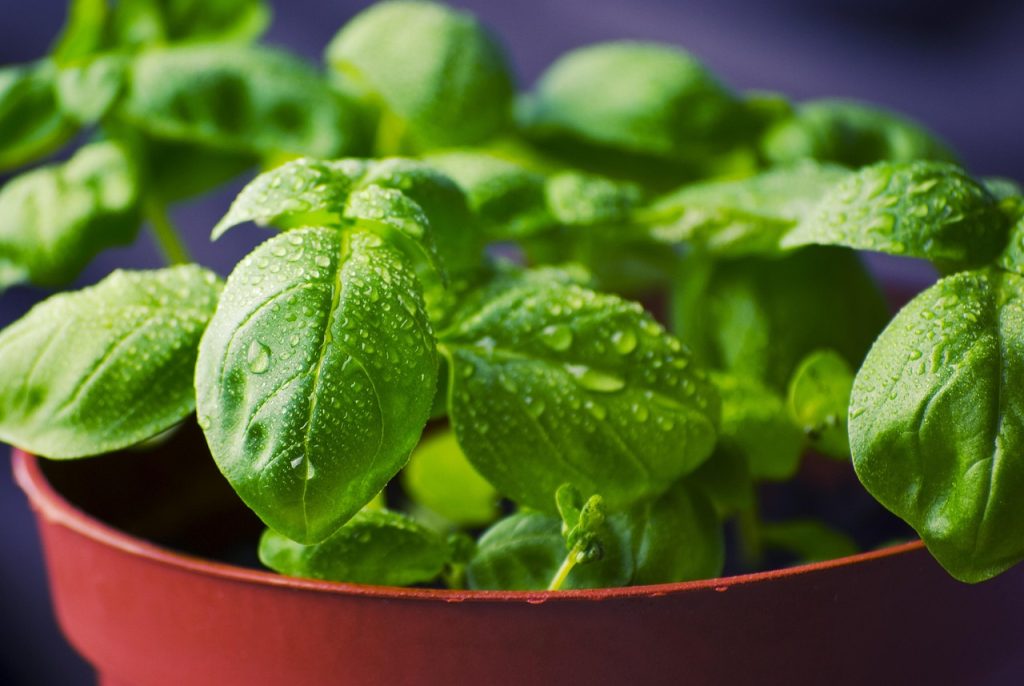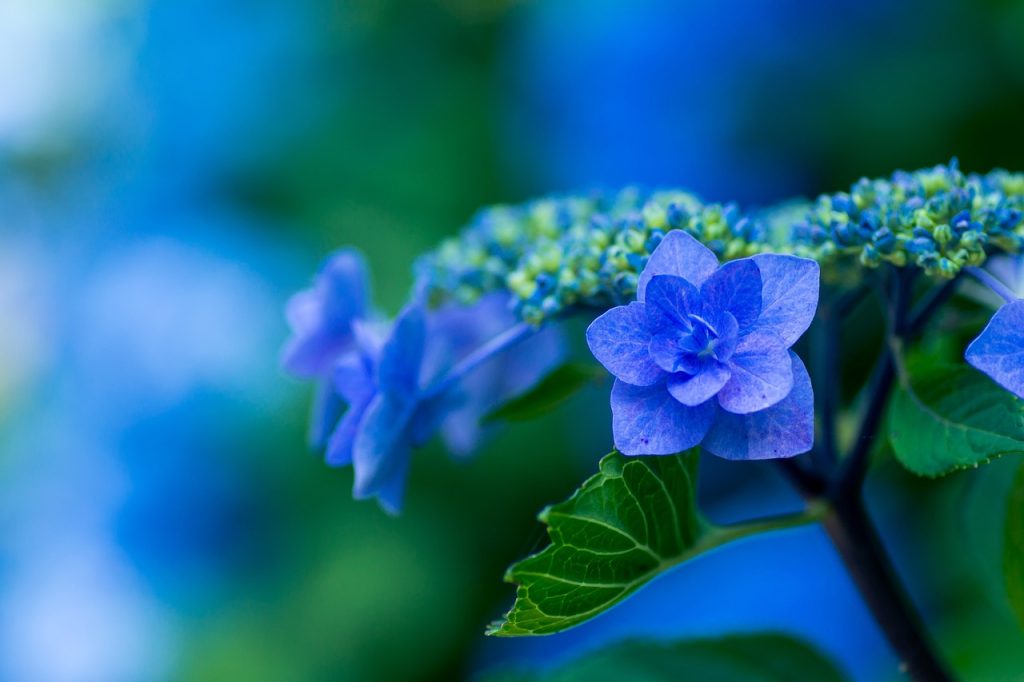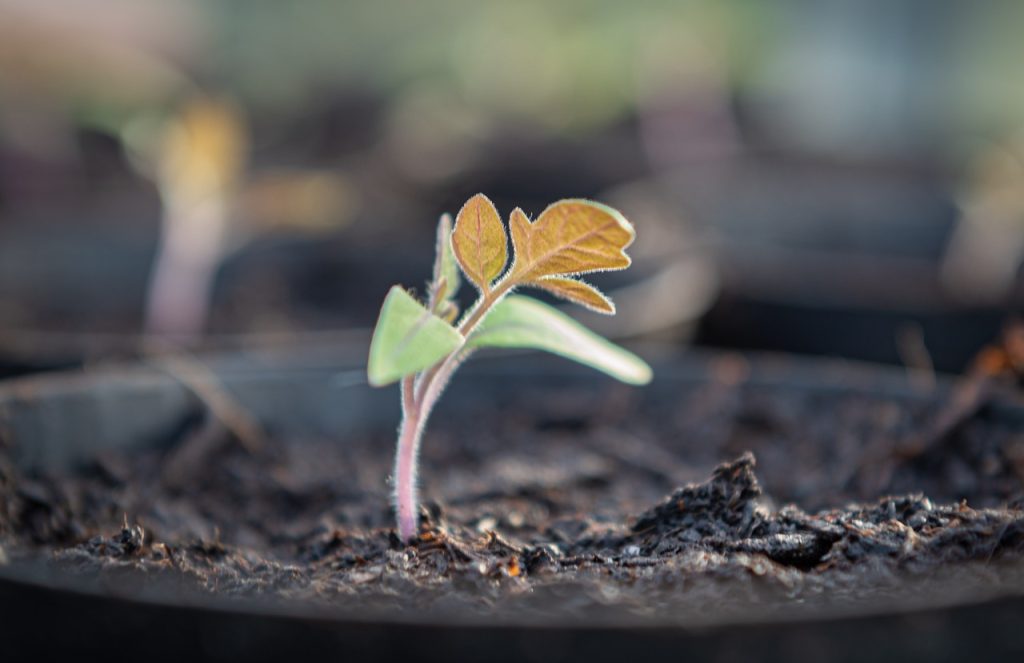The rainy season brings lush greenery and cooler temperatures, but it also poses unique challenges for plant care. Heavy rains, high humidity, and fluctuating conditions can stress both indoor and outdoor plants. Whether you’re tending to a balcony garden or a cozy indoor jungle, these tips for plant care in the rainy season will help your plants thrive. This guide focuses exclusively on practical, experience-based advice for keeping your plants healthy during the monsoon, covering everything from preventing overwatering to managing pests. Let’s dive in!

Why Plant Care in the Rainy Season Matters
The rainy season, often called the monsoon in many regions, can lead to excessive moisture, poor drainage, and increased pest activity. Overwatering, root rot, and fungal infections are common issues that gardeners face. By understanding how to adapt your care routine, you can protect your plants and ensure they flourish despite the downpours. Below, we share actionable tips tailored for the rainy season of 2025.
Preventing Overwatering During the Rainy Season
Heavy rainfall can lead to waterlogged soil, especially for outdoor plants. Overwatering is one of the top causes of plant stress during the monsoon. Here’s how to manage it:
- Check Soil Moisture Before Watering:
- Use your finger or a moisture meter to check the top 1–2 inches of soil. If it’s wet, skip watering.
- For outdoor plants, reduce manual watering significantly during frequent rains.
- Adjust Watering Schedules:
- Indoor plants may need watering only every 10–14 days, depending on humidity and light.
- Outdoor plants in containers may not need additional water if rainfall is consistent.
- Use Well-Draining Soil:
- Mix sand, perlite, or coco peat into potting soil to improve drainage.
- For outdoor gardens, create raised beds to prevent water pooling around roots.
- Monitor Potted Plants:
- Ensure pots have drainage holes to allow excess water to escape.
- Empty saucers under pots after rain to avoid standing water.

Protecting Roots and Ensuring Proper Soil Drainage
Healthy roots are critical for plant survival, but soggy soil can cause root rot during the rainy season. Follow these tips to keep roots happy:
- Choose the Right Soil Mix:
- Use a mix of 50% garden soil, 30% compost, and 20% sand or perlite for outdoor plants.
- For indoor plants, opt for a well-draining potting mix with perlite or vermiculite.
- Improve Garden Drainage:
- Dig trenches or channels around garden beds to redirect excess rainwater.
- Add a layer of mulch (e.g., bark or gravel) to reduce soil erosion and retain moisture balance.
- Elevate Pots:
- Place outdoor pots on bricks or stands to prevent waterlogging at the base.
- For indoor plants, use pot feet or trays to improve airflow under pots.
- Repot if Necessary:
- If soil remains soggy despite drainage holes, repot plants into fresh, well-draining soil.
- Check roots during repotting and trim any black or mushy sections to prevent rot.
Dealing with Pests and Fungal Infections
The rainy season’s humidity creates a breeding ground for pests like aphids, snails, and fungi like powdery mildew. Here’s how to protect your plants:
- Monitor for Pests:
- Check leaves and stems regularly for aphids, slugs, or snails, which thrive in wet conditions.
- Use organic solutions like neem oil spray (1 tsp neem oil, 1 liter water) to deter pests.
- Hand-pick slugs or snails in the early morning or evening when they’re active.
- Prevent Fungal Infections:
- Avoid overhead watering to keep foliage dry.
- Apply a fungicide (e.g., copper-based or organic sulfur) if you notice white powdery spots or black mold.
- Remove and discard affected leaves to prevent the spread of fungi.
- Increase Air Circulation:
- Space plants apart to allow airflow, reducing humidity around leaves.
- For indoor plants, use a small fan to improve ventilation in humid rooms.
- Clean Tools and Pots:
- Sterilize pruning shears and pots with a 10% bleach solution to prevent fungal spread.
- Remove fallen leaves or debris from soil surfaces to reduce pest hiding spots.
Choosing the Right Pots and Locations
The right pot and placement can make a big difference during the rainy season. Here’s how to optimize both:
- Select Appropriate Pots:
- Use terracotta or clay pots for better breathability and moisture regulation.
- Ensure pots have drainage holes at least 0.5 inches wide to prevent water buildup.
- Avoid oversized pots, as they retain more water than smaller ones.
- Reposition Outdoor Plants:
- Move potted plants under eaves or awnings during heavy rain to reduce water exposure.
- Place plants in areas with partial shade to avoid waterlogged soil from direct rain.
- Optimize Indoor Plant Placement:
- Keep indoor plants away from drafty windows or areas prone to leaks.
- Place plants near windows with filtered light to balance humidity and light needs.
- Use Pot Covers Sparingly:
- Avoid decorative pot covers without drainage holes, as they trap water.
- If using covers, remove them after watering to let excess water drain.

Caring for Indoor vs. Outdoor Plants in the Rainy Season
Indoor and outdoor plants face different challenges during the monsoon. Here’s a breakdown of care tips for each:
Indoor Plant Care in the Rainy Season
Indoor plants are shielded from direct rain but can suffer from high humidity and reduced light. Follow these tips:
- Manage Humidity:
- Use a dehumidifier or place plants in well-ventilated areas to prevent mold.
- Avoid misting plants like African violets or succulents, as humidity is already high.
- Adjust Lighting:
- Move plants closer to windows or use grow lights (10–12 hours daily) during cloudy days.
- Rotate plants weekly to ensure even light exposure.
- Check for Overwatering:
- Reduce watering frequency, as high humidity slows soil drying.
- Use a toothpick or skewer to check soil moisture before watering.
- Clean Leaves:
- Wipe leaves with a damp cloth to remove dust and prevent fungal growth.
- Avoid wetting foliage of fuzzy-leaved plants like African violets.
Outdoor Plant Care in the Rainy Season
Outdoor plants are directly exposed to rain and need extra protection. Here’s how to care for them:
- Protect from Heavy Rain:
- Use plastic sheets or tarps to cover delicate plants during torrential downpours.
- Create temporary shelters with stakes and clear plastic for garden beds.
- Stake Tall Plants:
- Support plants like tomatoes or young shrubs with stakes to prevent them from toppling in strong winds.
- Use soft ties to avoid damaging stems.
- Monitor Soil Health:
- Add organic compost to replenish nutrients washed away by rain.
- Check for compacted soil and loosen it gently with a fork to improve drainage.
- Prune Strategically:
- Trim dense foliage to improve airflow and reduce fungal risk.
- Remove waterlogged or damaged branches immediately to prevent rot.

Comparison: Indoor vs. Outdoor Plant Care Needs
| Aspect | Indoor Plants | Outdoor Plants |
|---|---|---|
| Watering | Reduce frequency; check soil moisture. | Minimize manual watering; ensure drainage. |
| Light | Supplement with grow lights if cloudy. | Move to partial shade during heavy rain. |
| Pests | Monitor for indoor pests like spider mites. | Watch for slugs, snails, and aphids. |
| Drainage | Use pots with drainage holes; empty trays. | Create raised beds or trenches. |
| Humidity Control | Use fans or dehumidifiers. | Ensure airflow with proper spacing. |
Read More: Plant Care Tips Before the Growing Season Begins
Additional Tips for Rainy Season Success
- Fertilize Sparingly:
- Reduce fertilizer use, as rain can wash away nutrients. Use a diluted liquid fertilizer (e.g., 10-10-10) once a month.
- For indoor plants, skip fertilizing if growth slows due to lower light.
- Inspect Regularly:
- Check plants weekly for signs of stress, such as yellowing leaves or wilting.
- Look under leaves and near soil for early pest or fungal issues.
- Use Rainwater Wisely:
- Collect rainwater in clean containers for indoor plants, as it’s free of chemicals.
- Filter rainwater if it’s collected from polluted surfaces to avoid contamination.
- Group Plants Strategically:
- Group humidity-loving plants (e.g., ferns) together indoors to create a microclimate.
- Space outdoor plants to prevent overcrowding and improve airflow.

FAQ: Tips for Plant Care in the Rainy Season
To prevent root rot, ensure pots have drainage holes, use well-draining soil with sand or perlite, and avoid overwatering. For outdoor plants, create raised beds or trenches to redirect excess water.
Move potted plants under awnings or use tarps to shield them from heavy rain. Improve soil drainage with mulch or sand, and stake tall plants to protect them from wind and water damage.
Regularly inspect plants for pests like slugs or aphids. Use neem oil spray or hand-pick pests. Improve airflow by spacing plants and remove debris to reduce pest hiding spots.
Keep indoor plants in well-ventilated areas away from leaky windows. Move them closer to light sources or use grow lights if cloudy weather reduces natural light.
Yes, rainwater is great for indoor plants as it’s free of chemicals. Collect it in clean containers and filter it if necessary to avoid contaminants from roofs or surfaces.
Conclusion
Caring for plants during the rainy season requires a balance of vigilance and adaptation. By preventing overwatering, ensuring proper drainage, managing pests, and choosing the right pots and locations, you can keep your indoor and outdoor plants thriving in 2025’s monsoon. With these tips for plant care in the rainy season, your garden will stay vibrant and healthy, no matter how much it pours. Happy gardening!